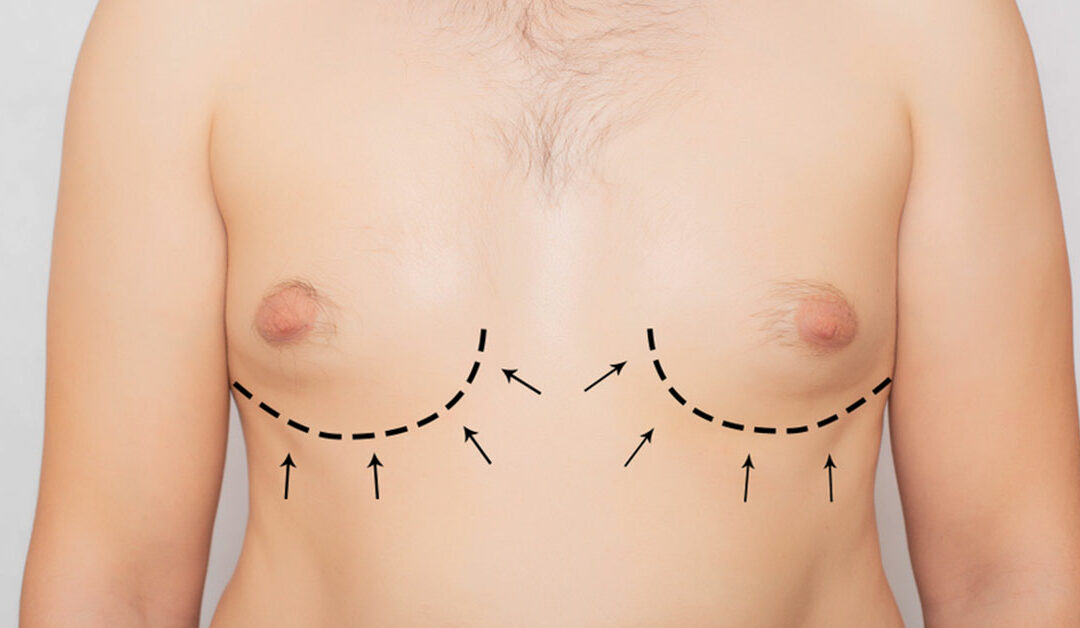Gynecomastia, a condition characterized by enlarged breast tissue in males, can be distressing and impact one’s self-confidence. Fortunately, advancements in medical science have led to effective solutions, with gynecomastia surgery being a prominent option. In this article, we delve into the details of gynecomastia surgery, discussing the procedure, its benefits, and the recovery process.
Table of Contents
- Introduction
- What is Gynecomastia?
- Causes and Risk Factors
- Exploring Gynecomastia Surgery
- Preoperative Evaluation
- Surgical Techniques
- Liposuction
- Excision
- Duration and Anesthesia
- Expected Results
- Benefits of Gynecomastia Surgery
- Improved Confidence
- Enhanced Physical Appearance
- Psychological Well-being
- The Recovery Process
- Postoperative Care
- Managing Discomfort
- Resuming Normal Activities
- Considerations and Potential Complications
- Scarring
- Infection
- Asymmetry
- Changes in Sensation
- Is Gynecomastia Surgery Right for You?
- Eligibility Criteria
- Alternative Treatments
- Finding a Qualified Surgeon
- Research and Consultation
- Viewing Before-and-After Photos
- Conclusion
- Frequently Asked Questions (FAQs)
Introduction
Gynecomastia, colloquially known as “man boobs,” is a condition where excess glandular tissue or fat causes the male breasts to become enlarged. While it may not pose a physical health risk, it can significantly impact a man’s self-esteem and body image.
What is Gynecomastia?
Gynecomastia is a common condition characterized by the enlargement of glandular tissue in the male breast. It can occur during different stages of life, including infancy, puberty, and old age.
Causes and Risk Factors
The development of gynecomastia can be attributed to various factors, including hormonal imbalances, certain medications, obesity, and genetics.
Exploring Gynecomastia Surgery
Preoperative Evaluation
Before undergoing gynecomastia surgery, a thorough evaluation is conducted to determine the underlying cause of the condition and ensure the patient is a suitable candidate for surgery.
Surgical Techniques
Liposuction
Liposuction is often employed when excess fatty tissue is the primary cause of gynecomastia. This minimally invasive technique suctions out the fat deposits through tiny incisions.
Excision
For cases involving significant glandular tissue or sagging skin, excision techniques are utilized to remove the excess tissue and sculpt a more masculine chest contour.
Duration and Anesthesia
The surgery typically takes a few hours to complete, and it is performed under general anesthesia to ensure the patient’s comfort.
Expected Results
Gynecomastia surgery can lead to a flatter and more proportionate chest appearance, boosting the patient’s self-confidence and body image.
Benefits of Gynecomastia Surgery
Improved Confidence
Gynecomastia surgery can have a transformative effect on a man’s self-confidence, allowing him to feel more at ease in social and intimate situations.
Enhanced Physical Appearance
The procedure helps restore a more masculine chest contour, allowing individuals to comfortably wear fitted clothing.
Psychological Well-being
Alleviating the emotional distress caused by gynecomastia can contribute to improved overall mental well-being.
The Recovery Process
Postoperative Care
Following the surgery, patients are provided with specific instructions to facilitate a smooth recovery. This includes wearing compression garments and attending follow-up appointments.
Managing Discomfort
Mild discomfort, swelling, and bruising are common after the surgery, but these symptoms gradually subside over time.
Resuming Normal Activities
Patients can usually return to work and light activities within a week, while strenuous exercises should be avoided for a few weeks.
Considerations and Potential Complications
Scarring
While efforts are made to minimize scarring, some degree of scarring is inevitable, but it often fades with time.
Infection
As with any surgical procedure, there is a small risk of infection, which can be managed with proper care and medication.
Asymmetry
Achieving perfect symmetry is challenging, and minor differences in chest appearance post-surgery are normal.
Changes in Sensation
Temporary changes in nipple sensation may occur, but these typically resolve as the body heals.
Is Gynecomastia Surgery Right for You?
Eligibility Criteria
Candidates for gynecomastia surgery should be in good overall health and have realistic expectations about the outcome.
Alternative Treatments
Non-surgical options, such as hormone therapy or lifestyle changes, may be explored before considering surgery.
Finding a Qualified Surgeon
Research and Consultation
Selecting a skilled and experienced surgeon is crucial for a successful outcome. Research and consultation play key roles in this process.
Viewing Before-and-After Photos
Reviewing before-and-after photos of previous patients can provide insight into the surgeon’s capabilities and the potential results.
Conclusion
Gynecomastia surgery offers a transformative solution for men seeking to regain their self-confidence and achieve a more masculine chest appearance. By addressing the physical and emotional aspects of the condition, this procedure can lead to improved overall well-being and a renewed sense of confidence.
Frequently Asked Questions (FAQs)
Is gynecomastia surgery painful?
- Gynecomastia surgery is performed under anesthesia, minimizing any pain or discomfort during the procedure. Some discomfort and swelling may be experienced during the recovery phase.
How long does the recovery process take?
- Most patients can resume light activities within a week, but full recovery may take several weeks. It’s essential to follow postoperative care instructions for optimal results.
Are the results of gynecomastia surgery permanent?
- The results of gynecomastia surgery are generally long-lasting, provided a healthy lifestyle is maintained. Significant weight fluctuations can impact the results over time.
Are there any risks associated with gynecomastia surgery?
- Like any surgical procedure, gynecomastia surgery carries some risks, including scarring, infection, and changes in sensation. However, these risks are minimal and can be managed with proper care.
Can gynecomastia come back after surgery?
- In most cases, the results of gynecomastia surgery are permanent. However, a healthy lifestyle and weight management are important to maintain the outcomes.

